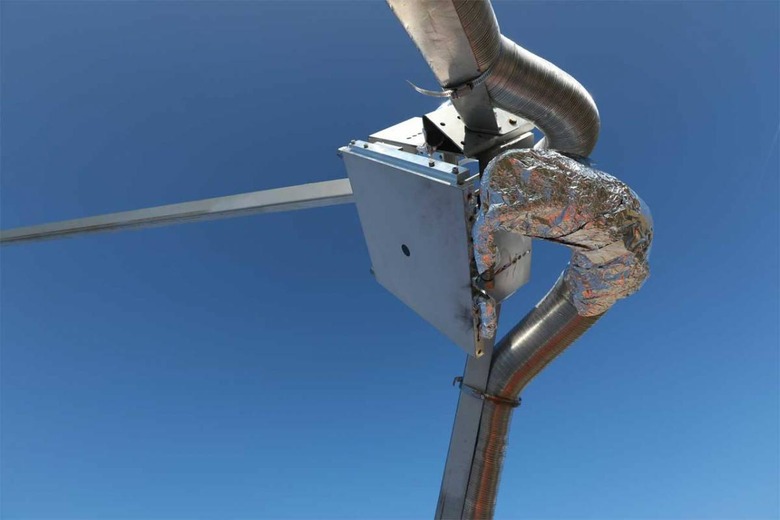Scientists create an efficient solar device that makes hydrogen
Electricity isn't the only power source that can power automobiles of the future with no emissions. Hydrogen-powered fuel cells have the potential to allow drivers to go long distances with fill-ups similar to how gas-powered vehicles work today. The catch is that there is no hydrogen infrastructure in most parts of the world and not much hydrogen production.
Researchers from the EPFL Laboratory of Renewable Energy Science and Engineering (LRESE) have created a device that concentrates solar irradiation to produce larger amounts of hydrogen over a given area at a lower cost. The system works with an enhanced photo-electrochemical system that works in conjunction with solar irradiation and smart thermal management to turn solar power into hydrogen with a conversion rate of 17%.

The team points out that 17% is unprecedented power and current density. The technology that the team created is stable and can handle the stochastic dynamics of daily solar irradiation. The device the team created has a thin layer of water that runs over a solar cell to cool it. Temperatures in the system remain "relatively low" and allow the solar cell to perform better. The heat extracted by the water is transferred to catalysts that improve the chemical reaction and increase hydrogen production.
Initially, the solar simulator at LRESE was used, and the tests from the lab-scale demonstration were promising enough for the device to be scaled up and tested outdoors. The outdoor test device has a 7-meter diameter parabolic mirror that concentrates solar irradiation by a factor of 1,000 and drives the device.
The team believes that their device can run for over 30,000 hours or nearly four years without replacement parts and up to 20-years with parts replaced every four years. The solar concentrator can turn to follow the sun across the sky and in sunny weather it could produce up to 1 kilogram of hydrogen per day, enough to travel up to 150km in a hydrogen-powered car.
